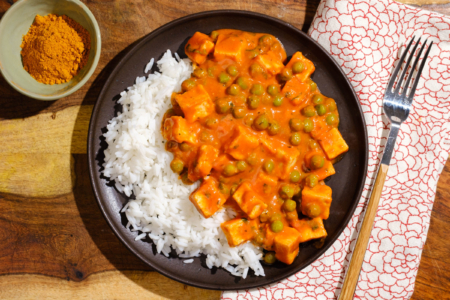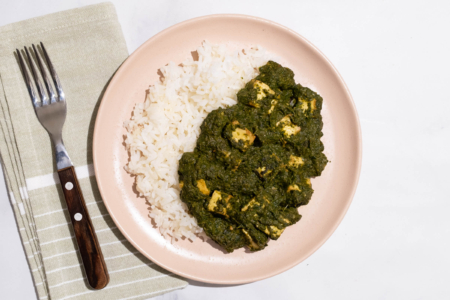Rich, nutty, and deeply aromatic, sesame oil is a staple ingredient of East Asian cuisine. Whether using it in its toasted or untoasted form, this complex yet versatile seed oil can elevate the flavor of savory dishes and awaken the palate with its earthy fragrance.
History of Sesame Oil
Sesame oil is believed to be one of the very first seed oils ever produced. Sesame seeds were a popular crop to grow for early civilizations as the plant can survive nearly any farming condition, be it drought, high heat, or heavy rain.

It’s difficult to trace the history of domestication and trade of sesame, but archaeologists surmise it was first cultivated in the Indian subcontinent over 5000 years ago and was traded throughout West Asia, and subsequently, the rest of the world.
Sesame oil is most commonly used in India and much of East Asia, particularly Korea, China, Japan, and Vietnam. But with the rising popularity of Asian cuisine among both home cooks and restaurant-goers worldwide, the international demand for sesame oil is seeing rapid growth
Flavor and Appearance of Sesame Oil
There are two main kinds of sesame oil, each with their own culinary uses and nuances in flavor. Untoasted sesame oil, otherwise known simply as “sesame oil”, is amber in color and has a delicate nutty flavor with a hint of earthiness. Toasted sesame oil meanwhile, recognizable by its higher viscosity and deep brown hue, has a similar but significantly more pronounced flavor with a smoky undertone.
Uses for Sesame Oil

Untoasted sesame oil has a high smoke point and is ideal for high-heat cooking methods. Use it for stir-fry, shallow or deep frying, and even roasting.
Toasted sesame oil has a lower smoke point and can quickly become acrid if overcooked, so use it as a finishing oil or a component in dipping sauce and vinaigrette. Try our Sesame Chicken or Beef and Broccoli recipes which both utilize ample amounts of toasted sesame oil.
In either form, sesame oil’s richness and fragrant nuttiness are excellent for adding complexity to savory dishes. Layer it with other fatty ingredients such as butter or succulent cuts of meat to create a rich depth of flavor such as in our Chicken Satay recipe. You can also use it to mellow overly spicy dishes or balance out acids such as vinegar and citrus.



